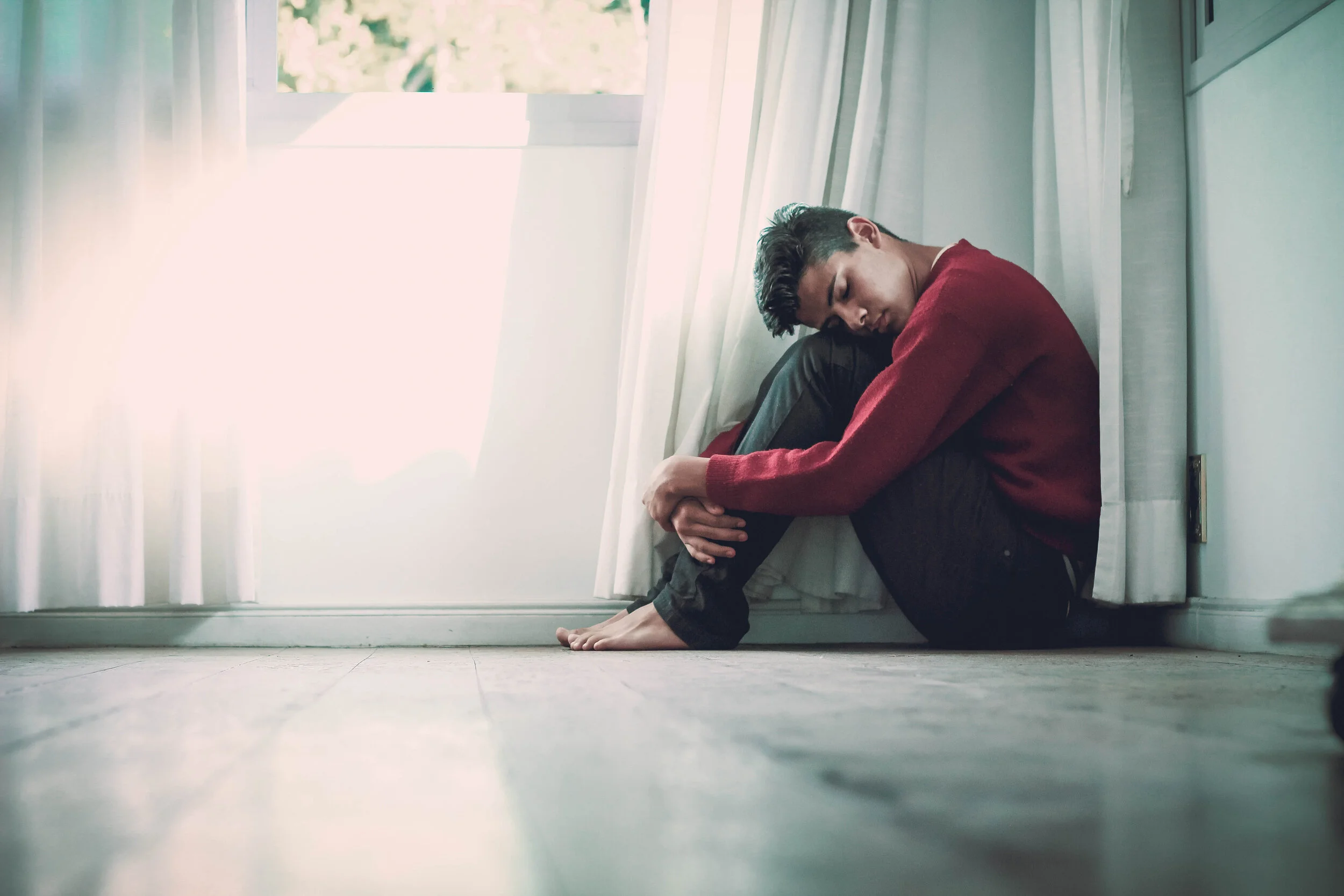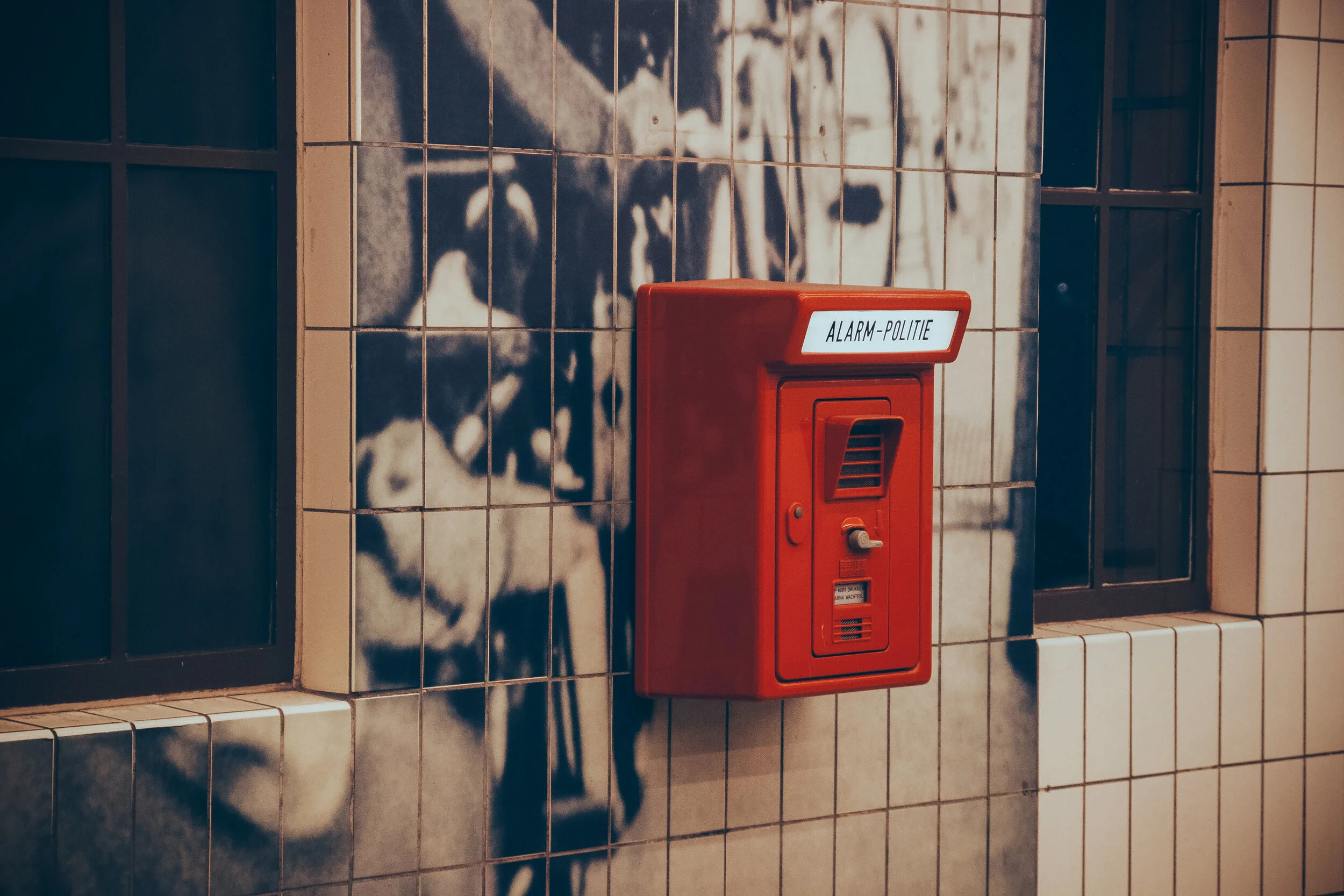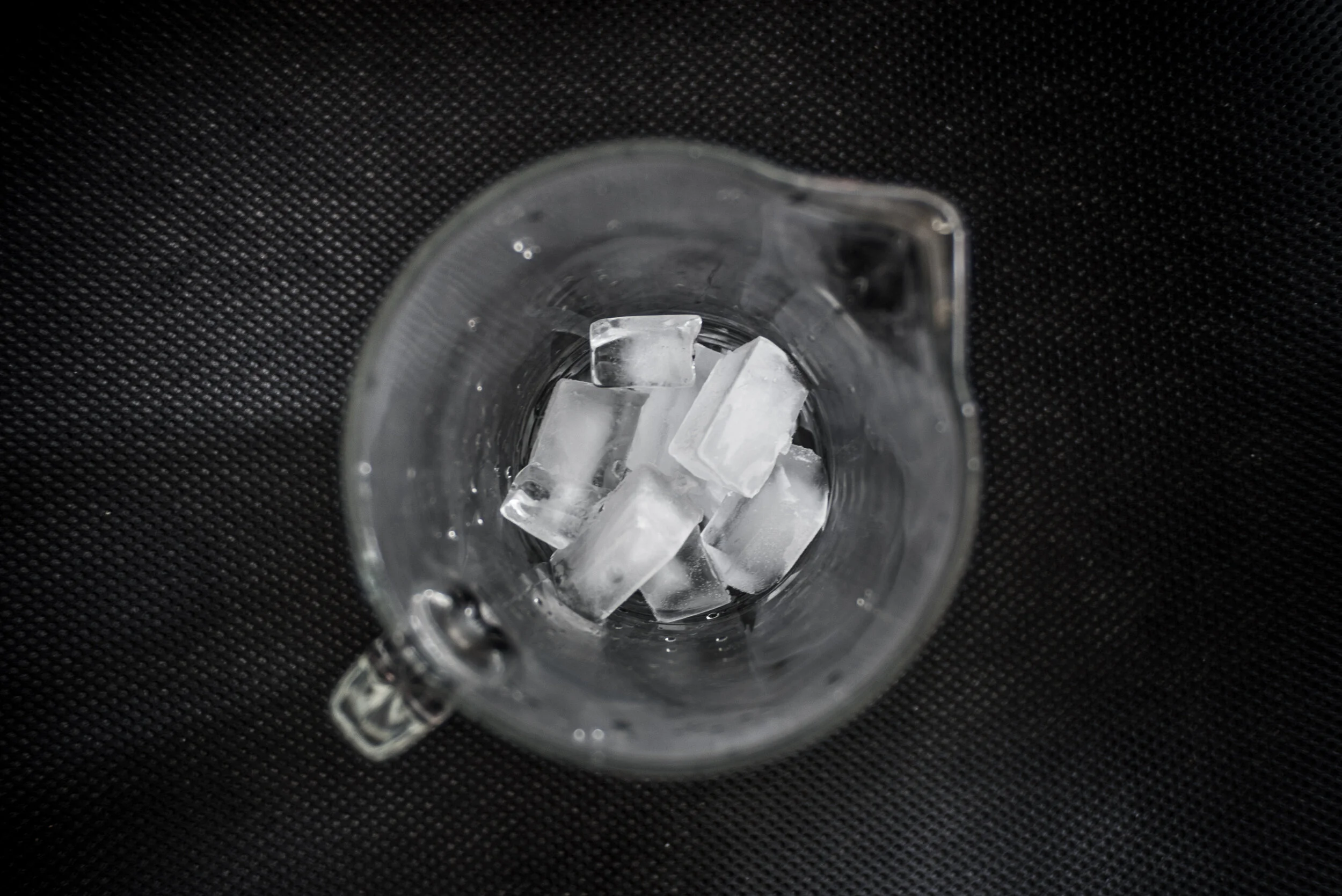They seem to come out of nowhere. One minute, your child seems just fine, and the next, it’s like a switch has flipped without a clear reason why. Kids and teens who suffer from panic attacks experience intense anxiety that seemingly pops up out of the blue, along with physical symptoms like a racing pulse, sweating, hyperventilating, shakiness, and a general sense that something terrible is about to happen.
For some kids, relaxation skills and other coping skills for anxiety aren’t super helpful when it comes to managing panic attacks. In this post I’ll be sharing a few techniques kids and teens can use to deal with panic attacks when they happen, to hopefully make them less intense and less frequent.
What Happens to the Body During a Panic Attack?
When adults have a panic attack for the first time, it’s not uncommon for them to head to an ER because the symptoms feel so intense and scary. The pounding heartbeat and other physical symptoms of panic can make people suspect a heart attack or another medical emergency is to blame, rather than anxiety. As freaky as panic attacks can feel, the good news is that they are harmless and go away on their own. Most panic attacks peak around the 10 minute mark, and fade away within 20 to 30 minutes. Almost all panic attacks are over within an hour.
We don’t really know why panic attacks happen, but we do know how they happen. When a person has a panic attack, their brain is doing exactly the right thing at exactly the wrong time. When we are in a life-threatening situation, our brains send our bodies into fight-or-flight mode, which triggers a big dump of adrenaline into the bloodstream.
This adrenaline surge gets us super amped up: suddenly, we are really energetic, our senses are heightened, and our hearts are beating quickly to empower us to make a quick escape or fight off a threat. This is helpful, but uncomfortable: we can also end up with chest pain, lightheadedness, excessive sweating, and other body sensations.
The Faulty Fire Alarm
When a child has a panic attack, it’s as if someone pulled a fire alarm in the hallway at school. Their fight-or-flight response is sounding the alarm bell for no apparent reason, giving the child a surge of adrenaline they don’t need. When a person experiences fight-or-flight symptoms out of context, they can feel extra scary: it’s as if you’re losing control of your body! This can lead people to get extremely focused on their physical sensations, and become fearful of future panic attacks. Ultimately, both of these behaviors make panic attacks worse.
Adrenaline doesn’t stay in the body for very long, which is why even the scariest panic attack will eventually get better on it’s own. Keep reading for ways your child can help make these attacks dissipate more quickly, and maybe even prevent them from happening in the first place.
Panic Coping Skill #1: Use an App to Get Grounded
Kids who are anxious often learn how to calm their symptoms by relaxing: imagining a peaceful place, taking deep belly breaths, and trying to clear the mind of worry. These techniques can work for panic attacks as well, but I often hear from kids that they are so distracted by the feeling of panic in the body that they can’t focus on anything else. They end up just sitting with their anxious feelings, which makes the anxiety spiral further and further out of control.
For these kids, grounding techniques can pull focus away from the anxiety and physical symptoms and direct it towards a focal point outside of the body. Grounding techniques help kids to stay focused on the present moment, rather than getting lost in their emotions or worried about the past or future. They usually work by helping a child to connect with their 5 senses, or by encouraging the child to observe details around them.
What’s Up? is a free app designed to help kids who are in the middle of intense anxiety or a panic attack soothe themselves. The app has all sorts of options for managing anxiety, from positive affirmations to breathing techniques. One section, titled “Get Grounded”, guides kids through simple grounding activities that can be done anywhere. Kids are prompted to name 5 items in a given category: for example, 5 things in the room that are red, or 5 foods you eat during the holidays. When the mind is engaged in this way, it’s hard to stay panicked at the same time.
Panic Coping Skill #2: Squeeze an Ice Cube or Take a Hot Shower
Engaging with any of the 5 senses can help kids feel more grounded and break the cycle of a panic attack. Many experts recommend using heat or cold sensations as a way to help kids feel more “in the moment” and to pull focus away from overwhelming emotions. I’ve personally seen many kids have success with squeezing an ice cube, jumping into a hot shower, or even stepping out into the front yard for a few minutes on a cold night.
This technique is especially helpful if your child’s panic attacks tend to happen at home. It can be a bit harder to use when you’re out and about, but a cool drink from a fountain or splashing water on your face in the restroom might be feasible when panic attacks happen in a public place. If you find that grounding skills are helpful, my online coping skills courses might benefit your child, too.
Panic Coping Skill #3: Sniff Some Lavender
Yep, this really is a thing! Lots of us have powerful emotional reactions to scent, which makes our sense of smell an especially helpful tool for grounding. There is some research to suggest that lavender is effective in soothing anxiety, and a lot of us probably associate it with relaxation, anyway. If your child isn’t a lavender fan, I think any other soothing scent, like vanilla or chamomile, would work just fine. The most important thing is to shift the brain’s focus away from the panic response onto something more pleasant.
You or your child can keep a bottle of essential oil or a rollerball container of fragrance on hand to use at the first sign of a panic attack. If a child can’t carry those objects to school, maybe a scented hand lotion could work as an alternative. I’ve even heard of children keeping a cotton ball on hand that’s been infused with a favorite scent, so that they always have a coping tool at their disposal.
Panic Coping Skill #4: Cut Caffeine
Okay, this is not really a coping skill, it’s just a thing not to do. However, it is really important, especially for preteens and teens who may have discovered the joys of Starbucks. I don’t want to forbid anyone from ever enjoying a pumpkin spice latte for the rest of time—most of us can get away with drinking coffee in moderation—but it’s important for teens and adults to understand the link between caffeinated drinks and anxiety symptoms.
Think about what happens when you drink coffee or soda: you feel more energized and alert, and if you drink too much, you might notice your heart pounding. It’s not too far off from what happens during a panic attack. Drinking caffeine isn’t likely to cause anxiety on it’s own, but it can worsen symptoms in people who are already struggling with it. In fact, high doses of caffeine have been shown to trigger panic attacks in studies.
Swearing off coffee and soda for the rest of time probably won’t cure anxiety, but it’s a smart idea to be careful about how many caffeinated drinks your child consumes. It’s also important for your child to be aware that it’s normal and okay to feel a little jittery after having a lot of caffeine. Sometimes, people who are prone to panic get so alarmed by that over-caffeinated feeling that they focus on their heartbeat or other body sensations, eventually triggering a panic attack.
Coping Skill #5: Remember This Will Pass
Sometimes, changing your mindset about panic attacks is the most effective way to make them better. Children and teens with panic need to understand what happens during a panic attack in order to feel reassured that they are safe, and that the attack will be temporary. This can cut down on the anxiety children feel anticipating future attacks, and when kids feel less anxious, they’re less likely to have panic attacks. It may seem weird, but accepting that panic attacks will happen sometimes can reduce the likelihood that the panic attacks happen at all!
When a child first starts noticing signs of a panic attack, it can help to simply put a name to it: “I’m having a panic attack.” Sometimes, even just doing this helps create some distance from the overwhelming feelings and make the panic attack less severe. Children can also remind themselves these feelings won’t last forever, or even set a timer or keep an eye on the clock to predict how long it will take for the adrenaline surge to fade away.
More Help for Children and Teens with Panic Attacks
I’ve written a few other coping skills articles on this blog, and kids and teens with panic might benefit from the 5-4-3-2-1 technique in this post on anxiety coping skills, as well as the skills listed for kids with coronavirus anxiety.
If you’re looking for more in-depth help mastering coping skills, check out Worry-Free Tweens. I designed this online course specifically for kids and young teens struggling with anxiety and panic attacks. It’s a self-guided course that includes videos for both you and your child, so you both have a road map for what to do the next time panic strikes.
Begin Child Therapy for Panic Attacks in Davidson, North Carolina
If your child or teen has been dealing with panic for a while, and coping skills like these haven’t been effective, it may be time to get extra help. Some kids with severe anxiety and panic benefit from medication which can make their panic response less intense. You can talk to your child’s pediatrician to see if this is an option for you, and they can refer you to a psychiatrist who specializes in treating children.
Counseling can also help kids with panic learn how to use coping skills more effectively, spot overly negative thinking that leads to anxiety, and gradually face their fears in a safe, supported way. I use CBT to help children with anxiety. If you’d like to learn more about the counseling services I provide, contact me here.





